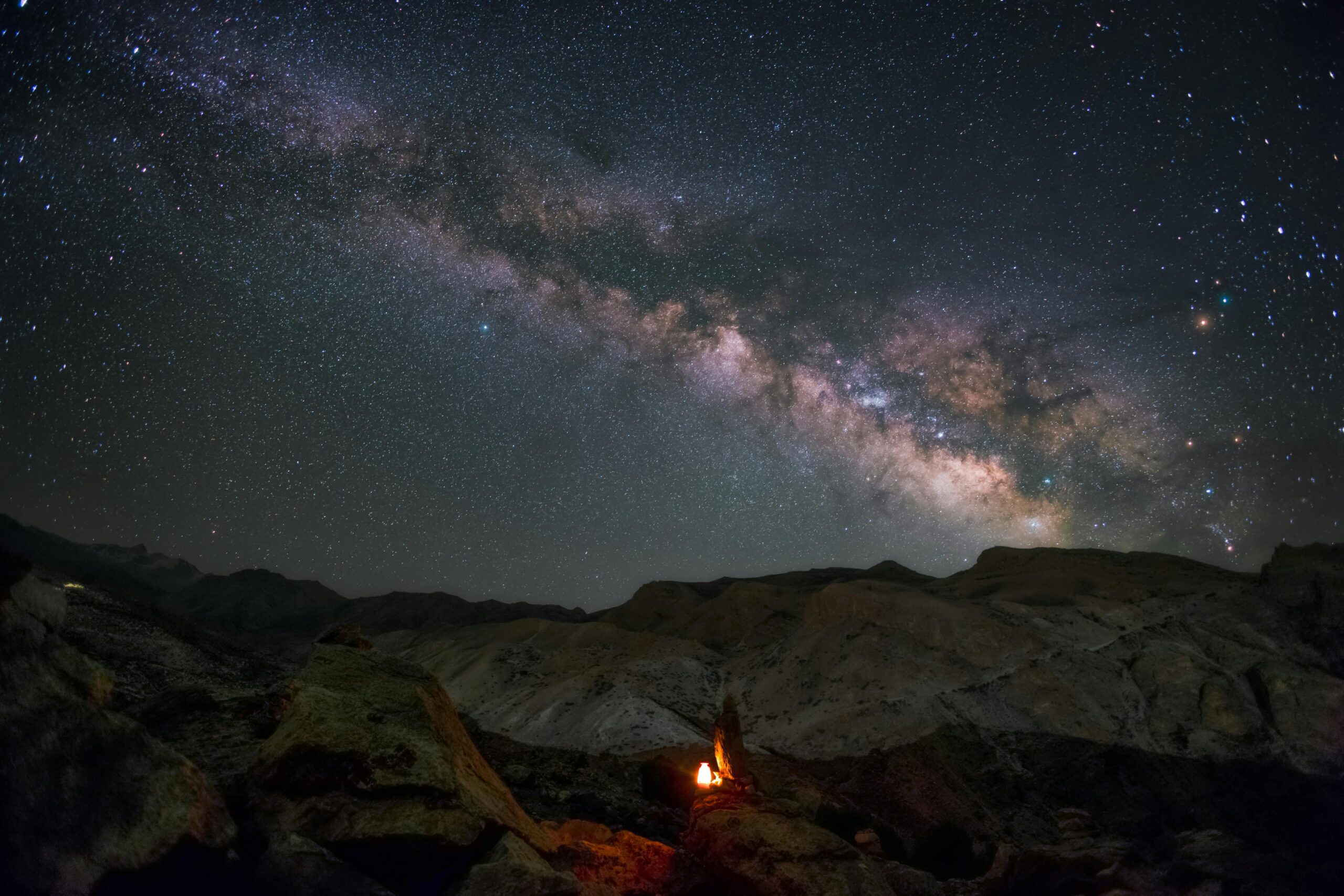Stargazing Destinations in India: A Detailed Guide for Enthusiasts
India offers a treasure trove of stunning locations for stargazing, perfect for those seeking a mesmerizing experience under the stars. Its vast and varied geography allows for clear night skies, minimal light pollution in remote areas, and incredible opportunities to capture the Milky Way and celestial objects. Whether you are an amateur stargazer or a professional astronomer, India has an array of magical spots where the night sky comes alive. Below are some of the best stargazing destinations, along with tips on when to visit, what to check before heading out, the best equipment for photography, and resources to plan your adventure.
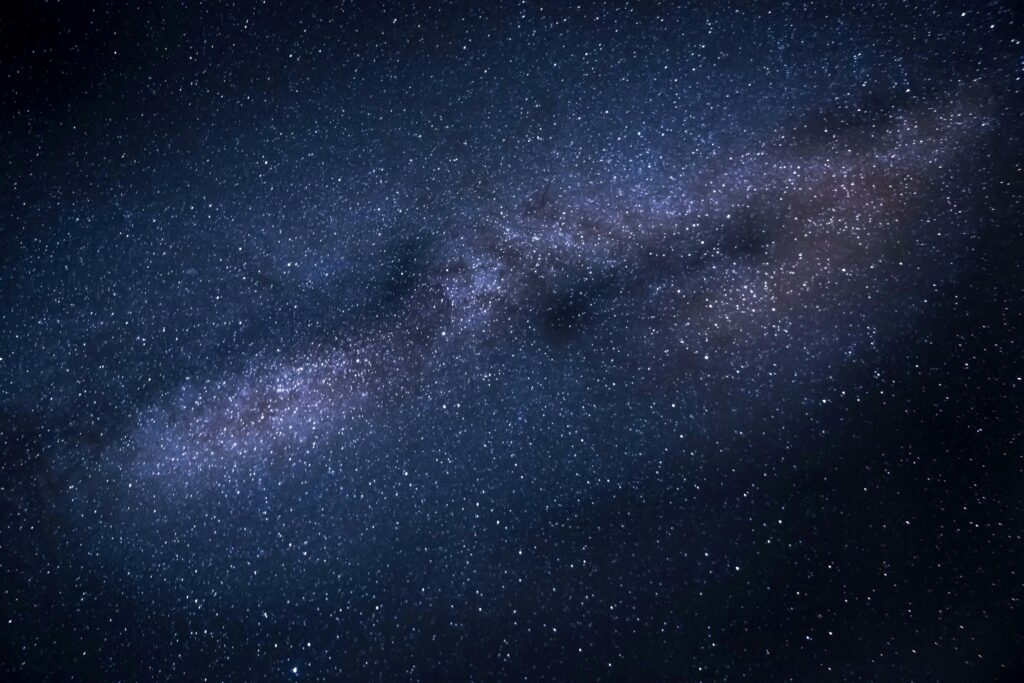
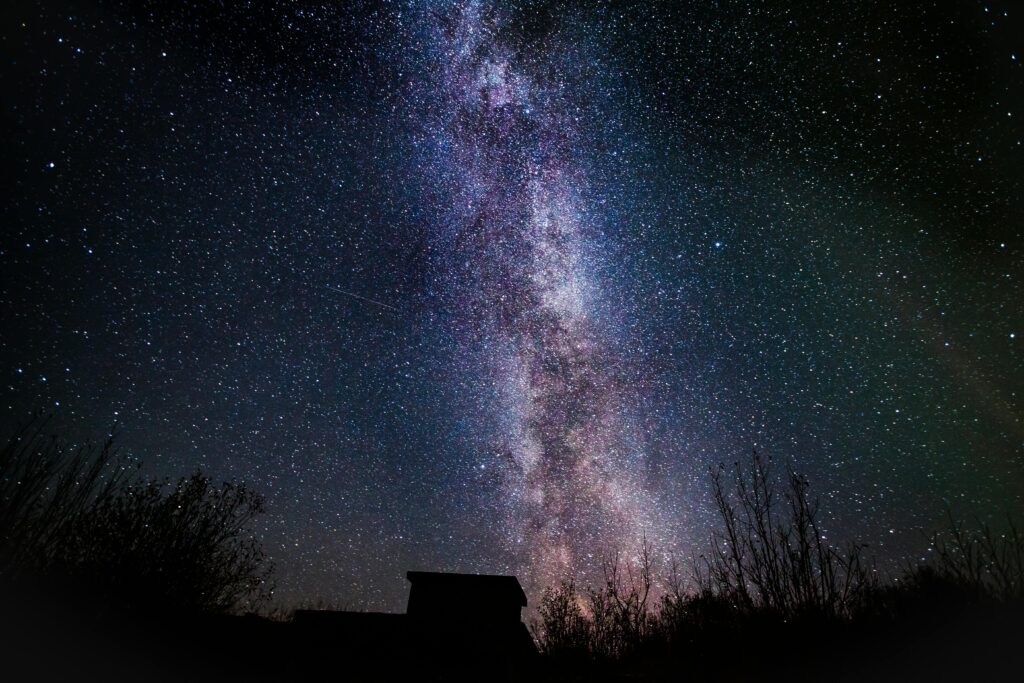


Spiti Valley, Himachal Pradesh
Why it’s unique:
Nestled at an altitude of over 12,500 feet, Spiti Valley is a barren, high-altitude region with very little air and light pollution. Its remoteness and altitude make it one of the clearest locations for stargazing in India. Whether you’re looking to photograph the Milky Way or observe meteor showers, Spiti’s vast, rugged landscapes provide an unparalleled backdrop for night photography.
Best time to visit:
May to September is the ideal time to visit Spiti Valley for stargazing. During this period, skies are clear, and temperatures are relatively comfortable, though evenings can still be chilly.
What to check before proceeding:
Altitude sickness is a concern, so ensure proper acclimatization. Pack plenty of warm layers as temperatures drop significantly at night. Check the weather forecast for cloudless skies before heading out.

Nubra Valley, Ladakh
Why it’s unique:
Nubra Valley, situated in the cold desert of Ladakh, offers crystal-clear skies at over 10,000 feet. The region’s thin atmosphere and low population density make it an ideal spot for observing the night sky. From here, the Milky Way is visible to the naked eye, and the surrounding Himalayan peaks add a majestic foreground for your starry sky photographs.
Best time to visit:
Visit Nubra Valley between June and September, when the weather is pleasant and skies are clear.
What to check before proceeding:
Proper acclimatization to the high altitude is crucial. Also, since it’s a desert, pack warm clothes for the cold desert nights. Having a 4×4 vehicle to navigate the rugged terrain is also advisable.
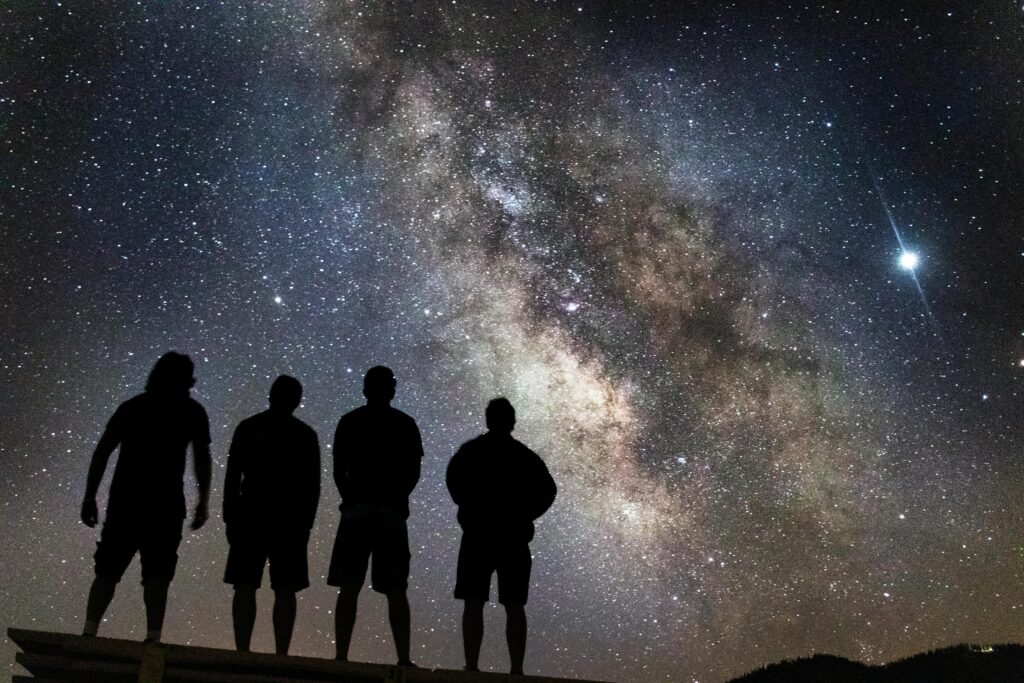
Rann of Kutch, Gujarat
Why it’s unique:
The Rann of Kutch is a vast salt desert offering a unique stargazing experience. The flat, open landscape ensures that there’s almost no obstruction in any direction, making it one of the darkest skies in India. During the full moon, the salt flats glow, creating a surreal experience, while new moon nights reveal the most stunning display of the Milky Way.
Best time to visit:
December to February is the best time, especially during the Rann Utsav, which also adds cultural flavor to the trip.
What to check before proceeding:
Ensure that you check the phases of the moon, as new moon nights are best for stargazing. Pack appropriately for desert weather, where temperatures can fluctuate drastically between day and night.

Jaisalmer, Rajasthan
Why it’s unique:
The Thar Desert near Jaisalmer is an incredible spot for stargazing. The arid desert, free of humidity and with very little light pollution, offers one of the best opportunities for observing the stars and capturing stunning night photography. The wide desert landscape allows for unobstructed views of the entire sky, making it perfect for Milky Way shots.
Best time to visit:
October to March is ideal for stargazing, with cool desert nights and clear skies.
What to check before proceeding:
Prepare for cold desert nights by packing adequate layers. Staying in a desert camp away from the city lights will provide the best conditions for stargazing.
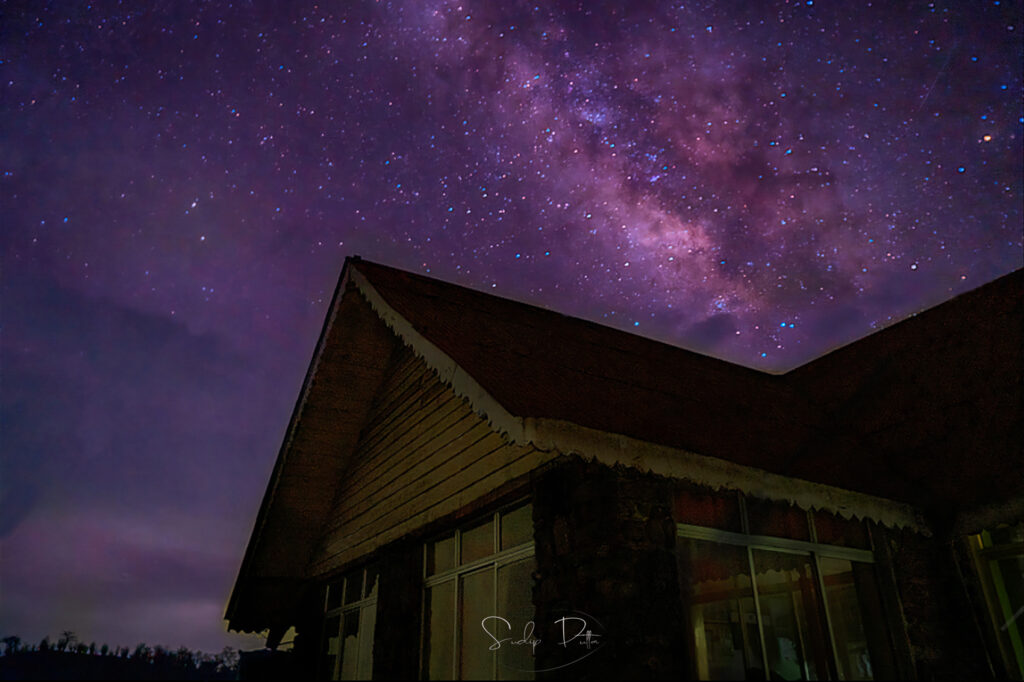
Neil Island, Andaman and Nicobar Islands
Why it’s unique:
Neil Island is a secluded paradise in the Andaman Islands, far removed from mainland light pollution. Its tropical setting, coupled with crystal-clear skies, makes it a perfect destination for stargazing. The beaches provide an excellent spot for observing the night sky, with the sound of the waves creating a tranquil atmosphere.
Best time to visit:
November to February is the ideal time, with clear skies and pleasant weather.
What to check before proceeding:
Ensure you check ferry schedules to Neil Island, and choose a remote beachfront resort for the best stargazing experience.

Essential Equipment for Stargazing
- Telescope or Binoculars: While a telescope can offer detailed views of celestial objects, a good pair of binoculars is often more portable and easy to use for beginners.
- Camera: A DSLR or mirrorless camera with manual settings is essential for capturing the night sky.
- Tripod: Stability is key for long-exposure photography, so a sturdy tripod is a must.
- Wide-Angle Lens: A wide-angle lens (14mm to 24mm) with a fast aperture (f/2.8 or lower) is ideal for astrophotography.
- Star Tracker: For more advanced photographers, a star tracker helps capture long-exposure shots without star trails.
- Red Flashlight: A red flashlight helps you navigate in the dark without affecting your night vision.
- Apps & Star Maps: Use apps like Stellarium or SkySafari to identify constellations, stars, and planets.

Websites for Milky Way Positioning and Light Pollution
Before heading out on a stargazing adventure, it’s essential to know when and where to look for the Milky Way and other celestial objects. Here are some resources to help:
- Light Pollution Map: This site helps identify areas with minimal light pollution.
- Dark Site Finder: Locate dark sky areas near you.
- Stellarium Web: An interactive sky map that helps you identify stars, planets, and galaxies.
- Clear Outside: Provides forecasts for clear skies and visibility of the Milky Way.
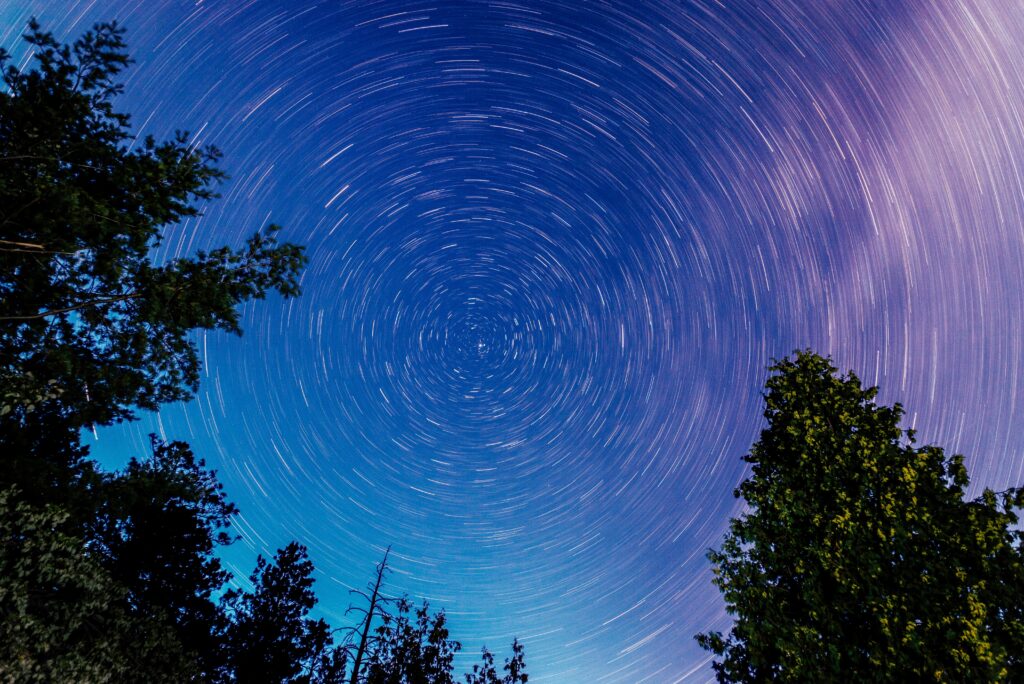
Best Camera Settings for Astrophotography
For those looking to capture stunning images of the night sky, here are some general camera settings to get started:
- Shutter Speed: Start with a 20-25 second exposure to capture enough light without getting star trails.
- Aperture: Use the widest aperture (f/2.8 or lower) to let in as much light as possible.
- ISO: Set your ISO between 1600 and 3200. Higher ISO will capture more light but can add noise.
- Focus: Switch your lens to manual focus and focus on the brightest star you can find.
- White Balance: Use the daylight or auto setting for more accurate colors.

Conditions for Seeing the Milky Way
The best time to see the Milky Way is during the new moon or in moonless hours. The core of the Milky Way is most visible between March and October in the Northern Hemisphere. For stargazing, you need a dark sky, minimal light pollution, and clear, dry weather. High altitudes, deserts, and remote coastal areas provide the best visibility.
Aside from these destinations, the Milky Way is visible from many other places across India and the world where light pollution is minimal, and the area is dry and free of moisture. Deserts, high-altitude regions, and isolated islands make for perfect stargazing conditions. Always check the moon phase, as the new moon nights are ideal for seeing the Milky Way in its full glory.

